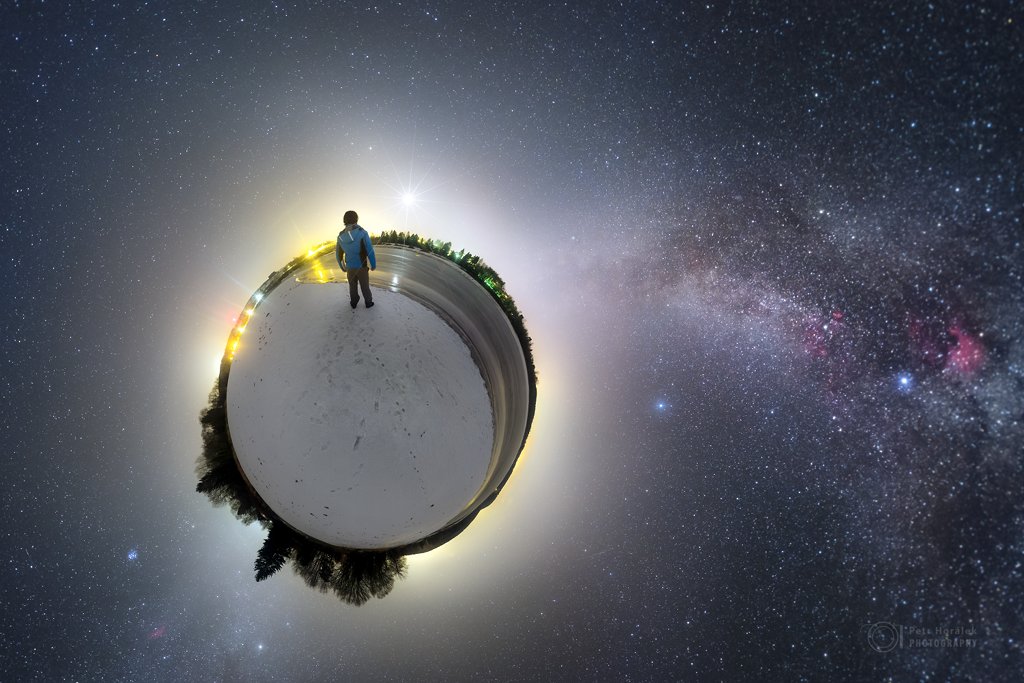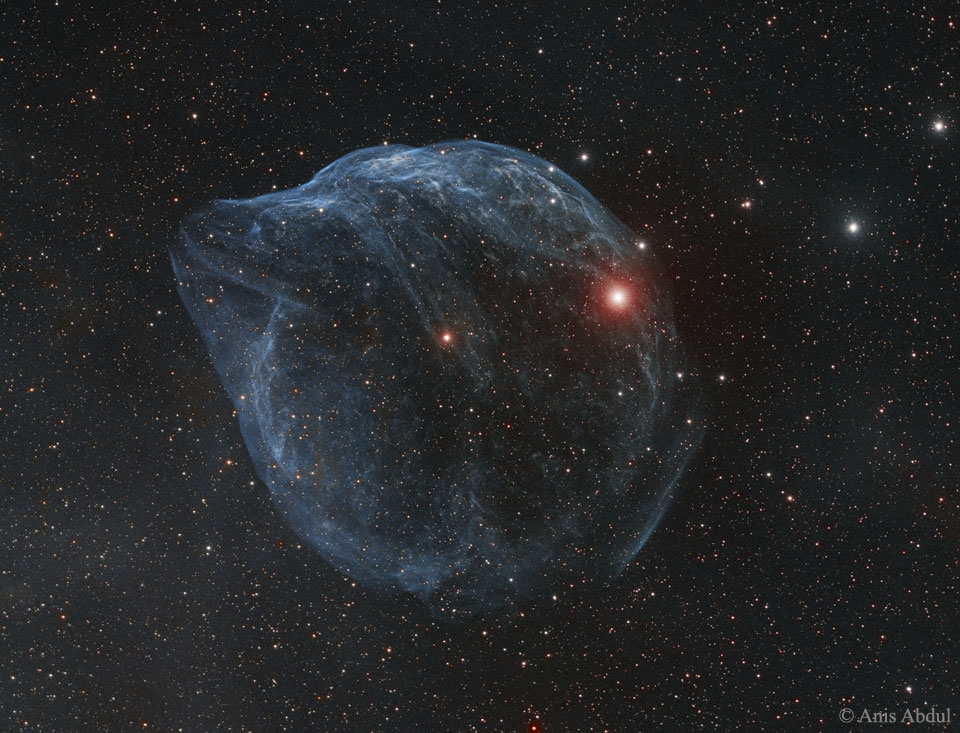
If you could stand on Mars -- what might you see? If you were the Curiosity rover, then just last month you would have contemplated the featured image -- a breathtaking panorama of the lower portion of Mount Sharp. The colors have been adjusted to mimic lighting familiar to Earthlings. Surveyed here was a rocky plain before increasingly high rolling hills. The rounded hills in the middle distance, called the Sulfate Unit, are Curiosity's highest currently planned destination. One reason these hills are interesting is because sulfates are an energy source for some micro-organisms. The immediate path forward, though, was toward the southeast on the left part of the image. via NASA http://ift.tt/2hosYXb

